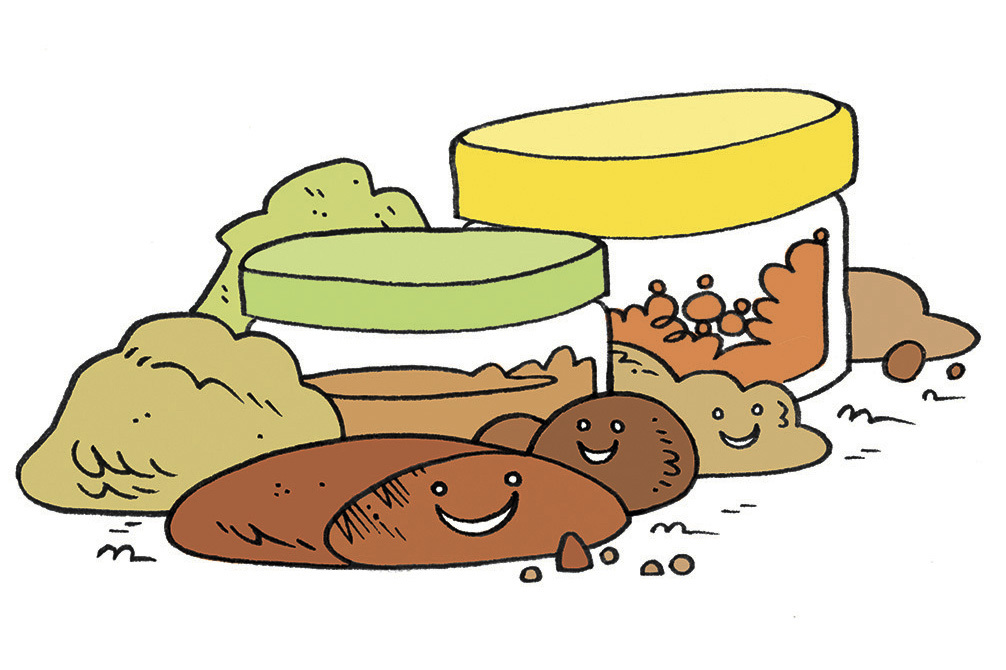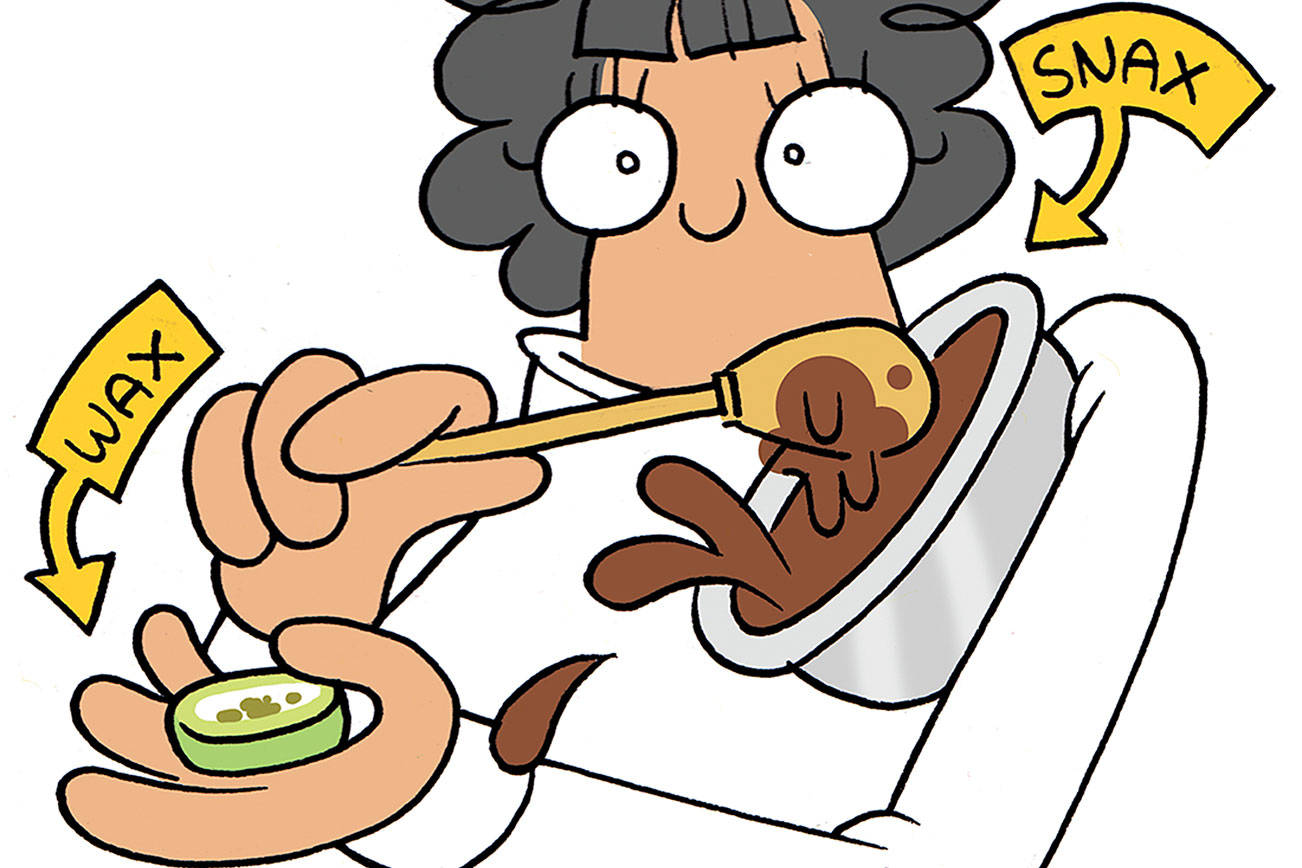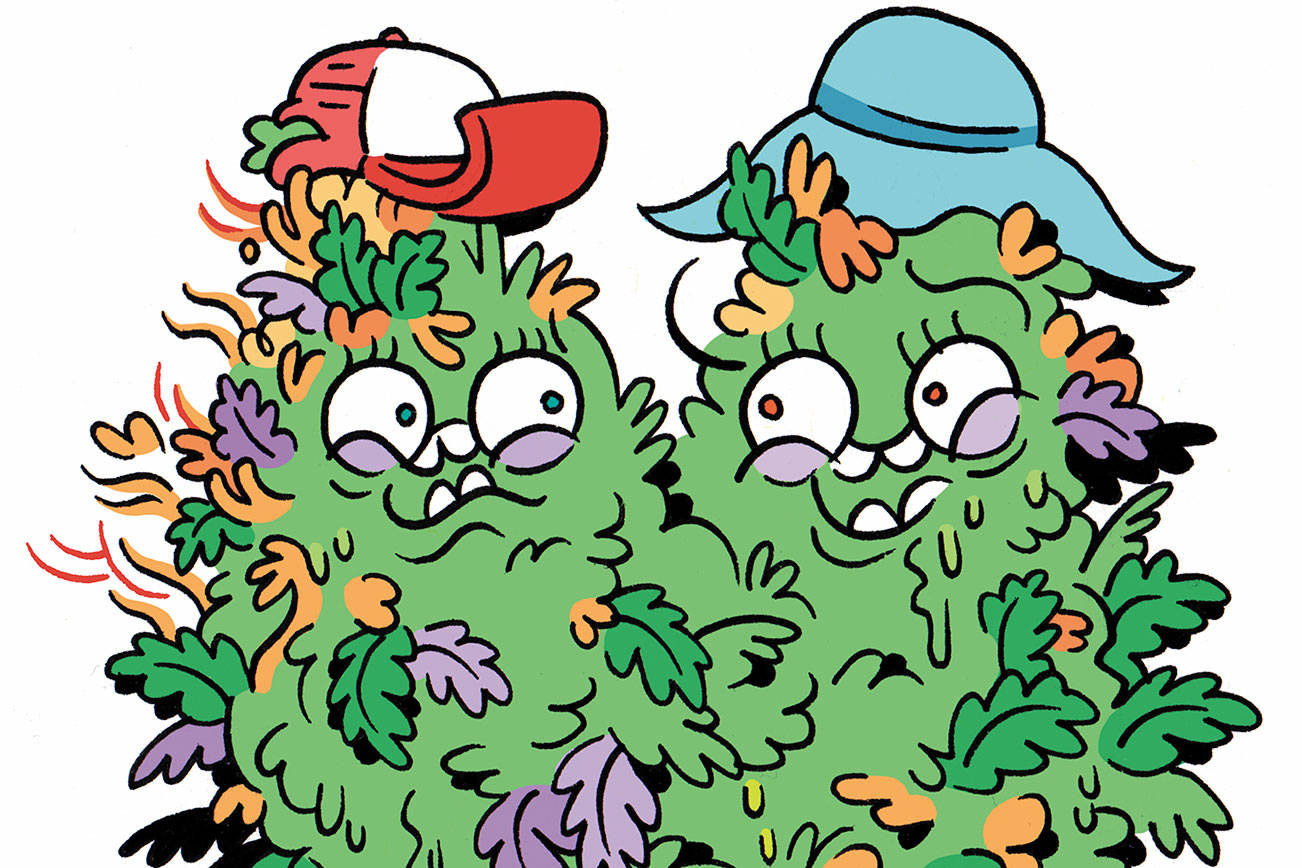Over the past month, I’ve taken a look at the many concentrates developed over millennia of experimentation. From butter to RSO to shatter, I’ve tried to cover the spectrum of the varied forms in which weed can be found. In the final installment of this series, I’m looking to the future.
One trend the industry is seeing is a move away from traditional solvents like butane, a shift led by the advent of a process utilizing carbon dioxide. A pressurized chamber is filled with weed and sealed, then CO2 is pumped in. Heat and pressure are applied in specific measure, causing the CO2 to act like a liquid—this is called a “supercritical fluid”—that strips the plant material of all the good stuff. The result is a clear, golden, honey-like substance. One major benefit of this process is, of course, the omission of harsh chemicals. Not only is it safer; there’s no chance of anything nasty being left over in your concentrates. To be sure, concentrates produced in Washington state must pass rigorous testing before being sold, but there are still trace amounts of butane and other hydrocarbons allowed by law.
Another beneficial result of CO2 is the overall quality and strength of the products. This method is the very best at maintaining nearly all the terpenes in cannabis—these molecules determine how weed tastes, smells, and how it will affect you. CO2 concentrates can provide an experience almost identical to eating a fresh nug—but with instantaneous effects, meaning whatever it is that makes Lemon Haze your preferred sativa will be captured in a CO2-derived concentrate.
OK, so, it tastes great, but how high do you get? One Seattle company, X-Tracted Laboratories, has tested its product, called Clear Concentrate, at 99 percent THC. So I think the answer is: really fucking high. The downside? CO2 setups start at around $100,000. So far just a few companies are making headway here, but I’m personally very excited to see where this branch of the industry goes.
Another concentrate gaining momentum is ice wax or bubble hash. This method is nearly identical to solvent-oriented concentrates, except you use freezing water and fine mesh bags similar to the screens used to make dry sift. Depending on the amount of time and patience you dedicate, you can end up with a product that is dab-able. There are plenty of YouTube videos for the home enthusiast who wants to try this method, and since absolutely no harsh chemicals are involved, it is both safe and cheap to experiment with.
The very latest method is called rosin tech—home ingenuity at its finest. Weed devotees looking for clean, cheap dab-ables will love how simple this is. All you need are some dank nugs, a bit of parchment paper, and a flat iron. Fold your nugs into the paper and press the pouch with the iron. That’s it. After a few seconds, the rich oils begin to seep out of the plant material and onto the paper. Lower temps and higher pressures give the best results—and here too, there are plenty of pro tips on the Internet. Simply scrape the resulting sticky, honey-colored goo directly into your dab bong, on top of a bowl, or into a joint. Enjoy. Repeat.
Lastly, before closing the book on this series, I want to include a brief note about whole-plant extracts. Many methods use either only the choicest nugs or only the leaves and trim left over after grooming nugs for sales. These concentrates, on the other hand, start with—you guessed it—the whole plant. You can find WPEs in nearly all forms of concentrates on the market, from edibles to oils for pens to dab-ables. What makes them special is that they take advantage of the “entourage effect.” In the past, the only part of weed considered important was THC—the cannabinoid that gets you high. WPEs can be a bit more work to produce, and due to the higher terpene levels (terpenes are solvents themselves), they generally won’t be found in the form of shatter, but researchers are discovering that when the entire range of substances found in ganja can be consumed altogether, people experience a more thorough, well-rounded high, as well as a much more effective medicinal experience.
Ultimately, I’m excited about the opportunity provided by legalization for people to explore the recreational and medicinal potentials of this plant. Concentrates, when created with love and wisdom, are yet another way the cannabis industry has a chance to set the bar a little higher.
stashbox@seattleweekly.com








